Trekking Poles: How to choose the right poles for you
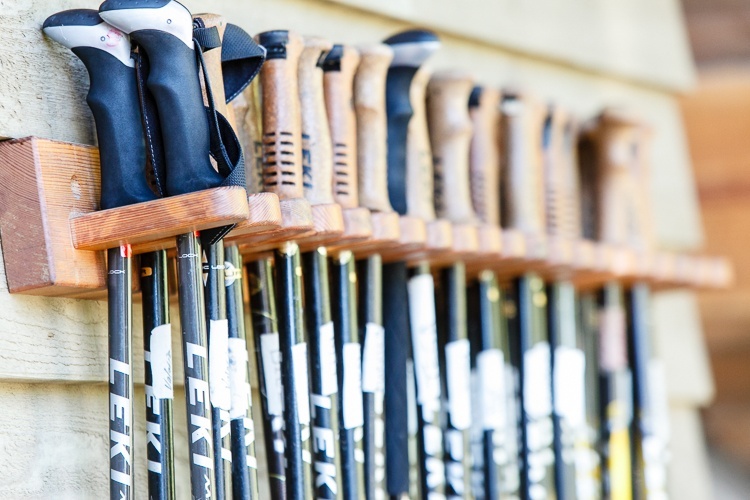
It’s important to have the right gear to support you in having the most fun, safe, and effective workout possible. At Mountain Trek, we include trekking poles in necessary hiking gear, as do many avid hikers around the world. But like any good gear, it is so important to find what works best for you. Here, we’ll help you to choose the best hiking pole for you by covering what features to look for. But first; why bother using them?
Why use hiking poles?
Using walking/hiking poles offers several benefits:
- Poles provide better balance and footing, especially over slippery or uneven terrain, like when crossing streams, over loose rocks, etc.
- During ascent, poles can add thrust, while taking pressure off the lower body, and onto the shoulders and upper back.
- During descent, poles can significantly reduce the amount of stress on legs, hips, and joints, and reduce the possibility of injury by adding stability. Although this is particularly beneficial to those with weaker or compromised knees/ankles, reducing stress and impact to the body is certainly beneficial for everyone.
- Poles can be used to clear away loose hanging vegetation, or can be used to scope out swampy patches or possible holes before venturing forwards.
- In the unlikely event of an injury, a pole can be used in wilderness first aid as a splint or crutch.
- And last but not least, using hiking poles not only reduces your perceived exertion rate by taking strain off the legs and into the arms, but increases calories burned. In a study by the Cooper Institute of Dallas, they found that using trekking poles burned up to 20% more calories compared to the same walk or hike without poles.
What features should I look for in a hiking pole?
When shopping for a hiking pole, consider the kind of terrain you will be traversing, and how much weight you will have in your pack. Also review the health of your knees, ankles, hips, and joints.
Regular or Anti-Shock
With this determined, you can decide if you would like to get ‘regular’ or ‘anti-shock’ poles. Anti-shock poles have a shaft that contains an anti-shock spring mechanism, softening any impact while travelling downhill. Anti-shock technology is particularly beneficial for those with sensitive knees, ankles, joints, etc. And the anti-shock mechanism can be turned off when it is not needed; for example when traveling uphill. Regular or standard poles have a simple shaft, and are a little bit lighter than antishock poles since they do not contain that mechanism. They of course are unable to provide the same level of shock absorption as an anti-shock model, but do provide the same stability.
The parts of a pole include the tip, basket, shaft (which includes or does not include the anti-shock device), locking mechanism, grip, and wrist strap. When choosing a hiking pole, consider each of these components:
Material
The shaft’s make up will likely be either high-grade aluminum or carbon fibre. A pair of high-grade aluminum poles will weigh around 20 ounces, are very durable and flexible, and rarely break. Carbon fibre poles will weigh less on average, about 15 ounces, and are also very durable. But when carbon fibre poles are under extreme stress, they can shatter. Keep in mind that both the length and the circumference of the shaft varies as well.
Pole tips are usually made out of carbide or steel. Additionally, there is and option of getting a rubber tip cover. This protects the lifetime, and your pack when the poles are stowed. The rubber ends are also better for harder surfaces, like pavement.
Locking Mechanisms
Locking mechanisms allow you to determine the length of your pole for different terrain, or for stowing in your luggage en route to your hiking destination. Two or three interlocking sections make up your pole. And if you’re very tall or short, it’s important to check the full extension/compression length of the pole. Most poles have a ‘twist and lock’ system, like a form of clamp. Whatever the mechanism, ensure it’s durable and dependable – you’d hate to have this fail on you at a critical moment. Regular maintenance through cleaning and drying of the separate components of your hiking poles can help with your locking mechanism’s life span and reliability.
Grip
Both the grip shape and material vary, so this is a very important reason to test drive your poles before buying. Test different grip types to see what angle and density is most comfortable to you. Grips can be angled forward or completely upright, and some can even extend down the shaft, known as an ‘extended grip’, useful for brief uphill portions. Materials for the grip can include, but are not limited to:
Cork – absorbs vibration well, doesn’t slip with sweat, conforms well to hand shape
Foam – absorbs sweat, most malleable
Rubber – can chafe hands in warm weather but insulates from cold, good shock absorption).
Now that you’ve chosen your hiking poles, ensure you have the correct technique to keep you safe and supported. Or come to Mountain Trek and we’ll show you how–you’ll get lots of practice! Be supported, less prone to injury, and burning more calories out there on the trail with your new hiking poles. And most importantly, have fun!
What is Mountain Trek?
Mountain Trek is the health reset you’ve been looking for. Our award-winning retreat, immersed in the lush nature of British Columbia, will help you unplug, recharge, and roll back years of stress and unhealthy habits. To learn more about the retreat, and how we can help you reset your health, please email us at info@mountaintrek.com or reach out below:

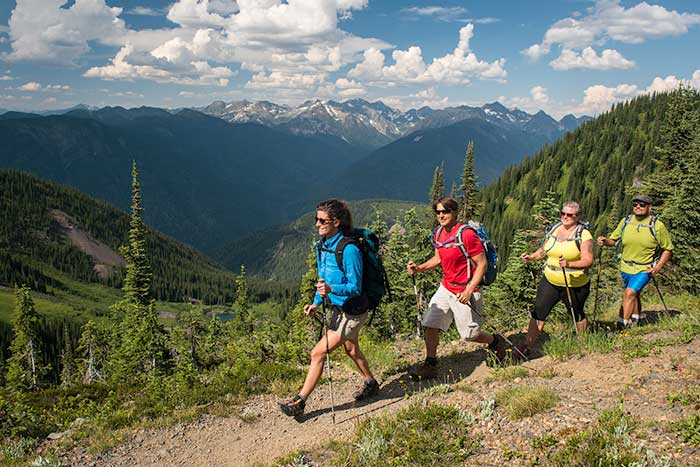
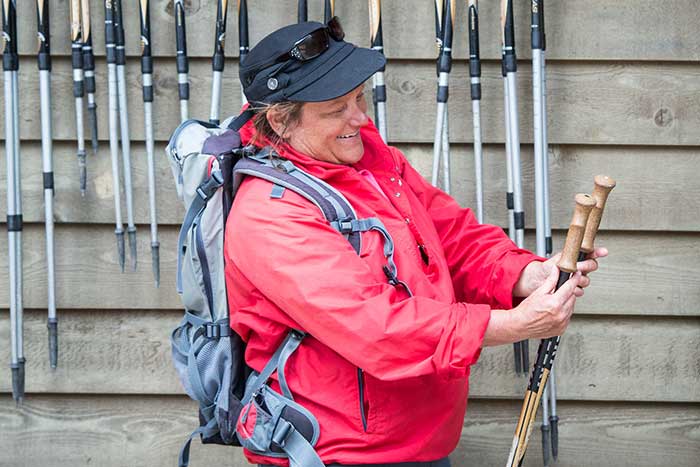

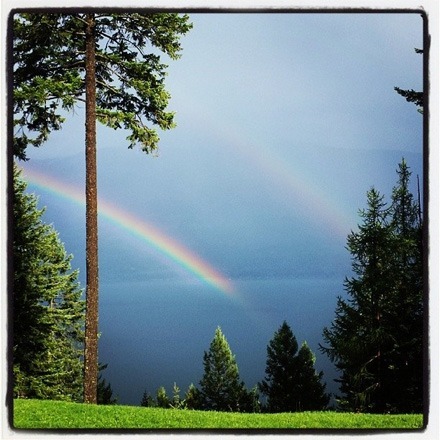
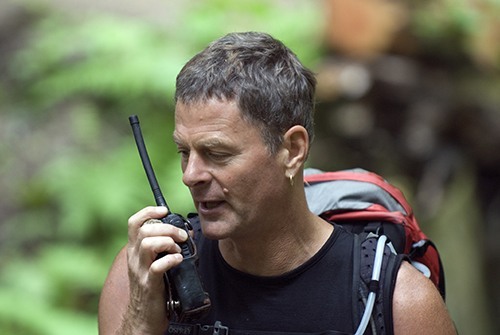 In this sixth installment of our Q&A series we bring you part two of our interview with Kirkland Shave, Mountain Trek’s intrepid Program Director, hiking guide, and esteemed lecturer. In our
In this sixth installment of our Q&A series we bring you part two of our interview with Kirkland Shave, Mountain Trek’s intrepid Program Director, hiking guide, and esteemed lecturer. In our 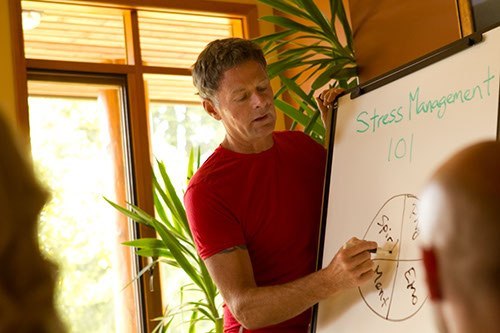
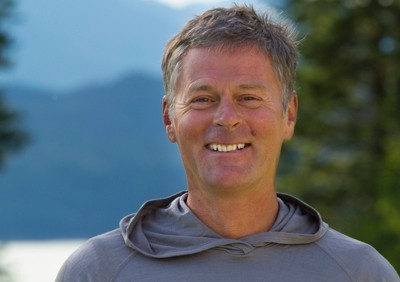 In the fifth instalment of our Q&A series we veer slightly from the path and, instead of interviewing a Mountain Trek guest, we thought we’d give you a peek behind the curtain and sit down for a chat with our very own Kirkland Shave.
In the fifth instalment of our Q&A series we veer slightly from the path and, instead of interviewing a Mountain Trek guest, we thought we’d give you a peek behind the curtain and sit down for a chat with our very own Kirkland Shave.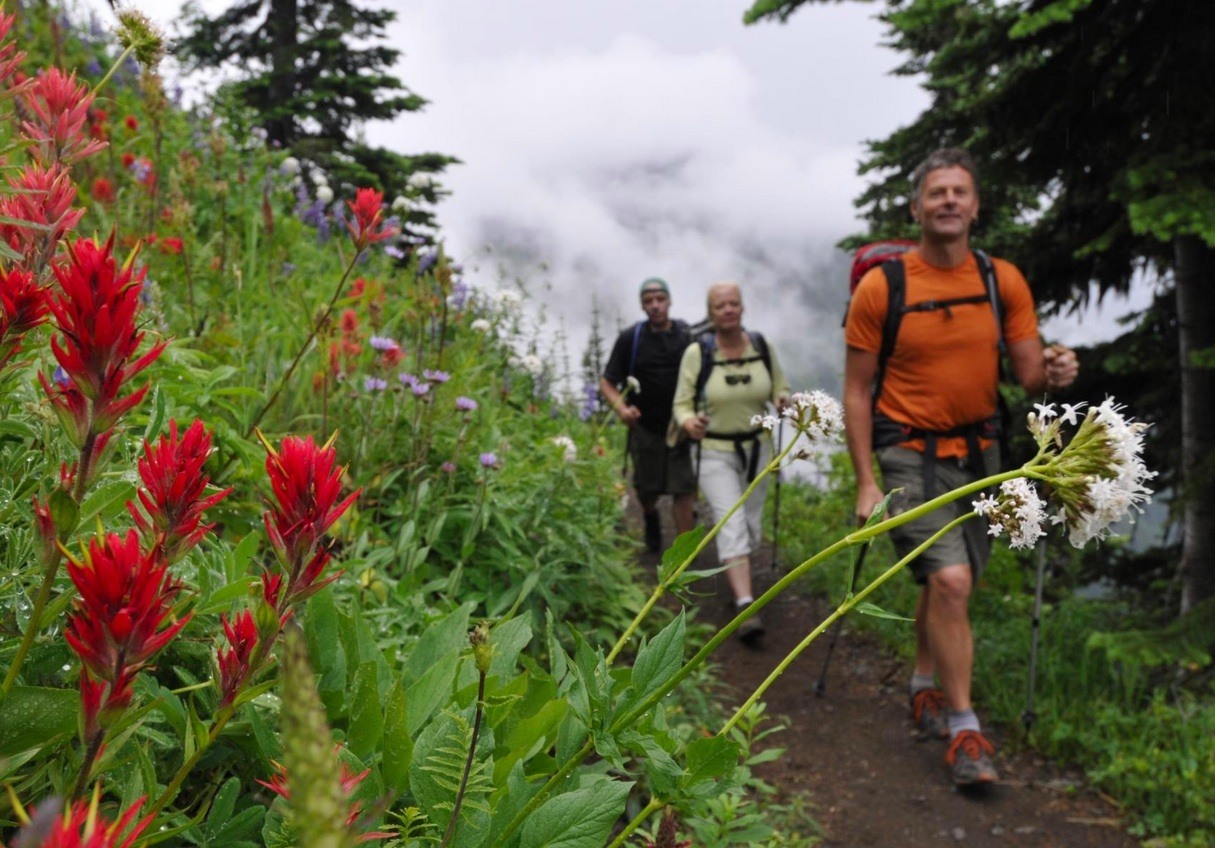
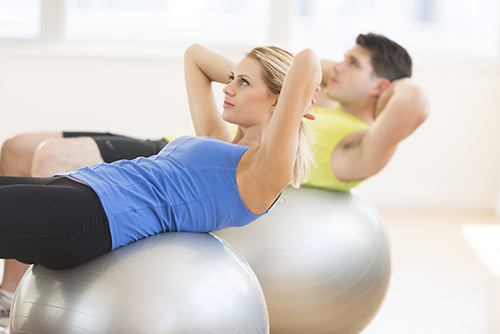
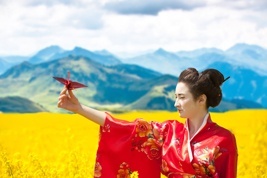
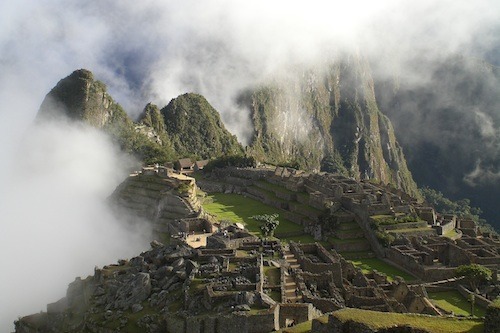
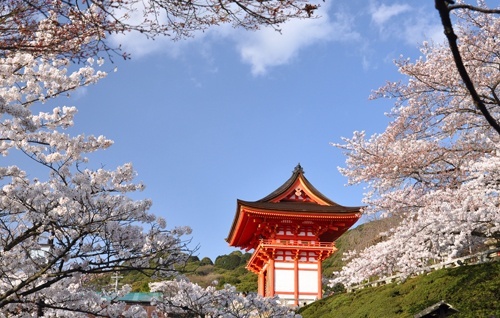
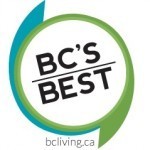 BC Living has just listed
BC Living has just listed 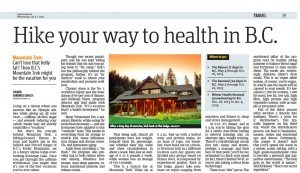 Toronto-based freelance writer Vawn Himmelsbach visited
Toronto-based freelance writer Vawn Himmelsbach visited